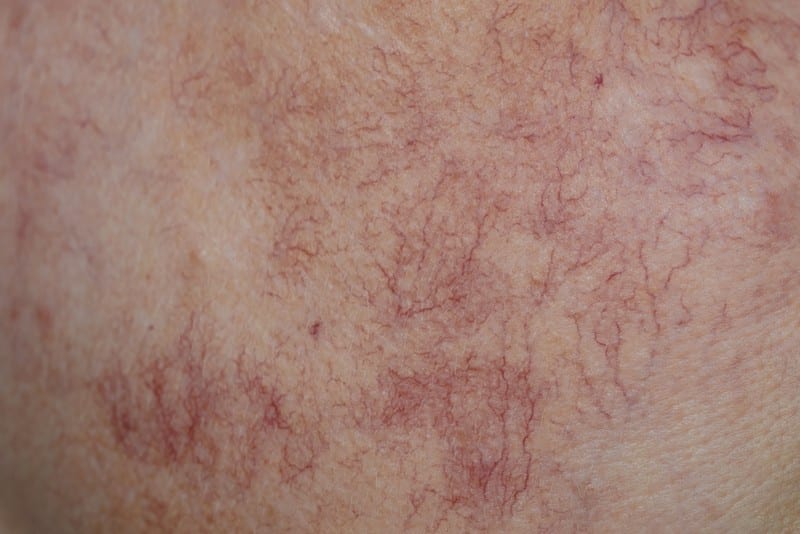Spider Angiomas

Spider Angioma, also referred to as spider nevus, is a cluster of tiny, dilated arterioles (blood arteries) near the skin’s surface. The vessel cluster resembles a spider web, having a center node and spreading vessels. The thin vessels have a web-like structure and are colored red, blue, or purple. When pressure is applied, they vanish and resurface because blood flows back into the vessels.
Spider nevi may appear everywhere on the body. However, they are more prevalent on the face, neck, and legs (sun-exposed areas). Some individuals may suffer hurting or burning in the region of the cluster of vessels. On the skin, dilated blood vessels trigger the development of spider angiomas. When the muscles limit blood flow in the arteriole, a tiny tube that branches off the arteries, a major blood vessel, and goes to the capillaries, the blood vessels widen.
According to studies, spider angiomas develop when estrogen is abundant in the body. Since the liver plays a big part in estrogen metabolism and is one of the key sites where the hormones are activated in the body, hepatitis C might also induce spider angiomas in females.










